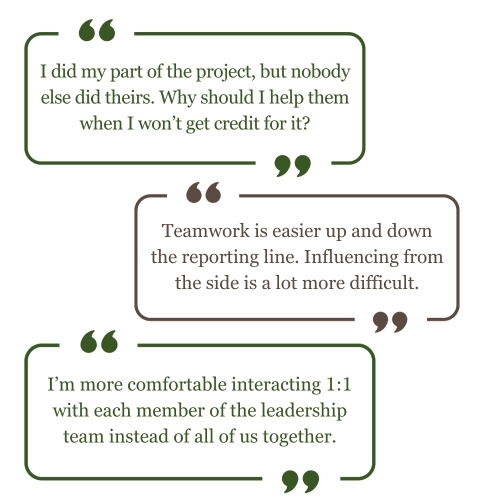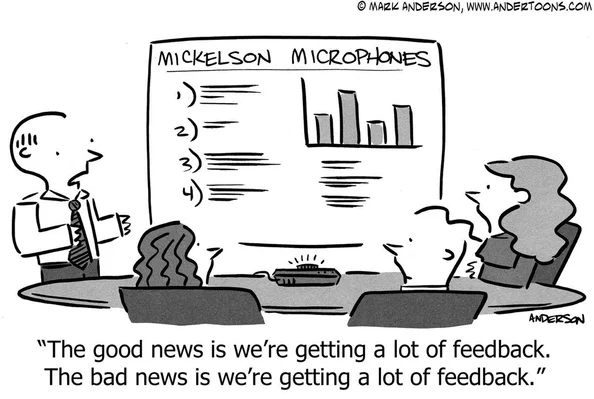Leadership
Reflecting on 10 Years of Impact: The Sparks Group Journey
June marks the 10-year anniversary of The Sparks Group. Wow! I am regularly asked how my entrepreneurial journey has been, and I often talk about my mindset at various points along the way to describe it. When I first started, I hoped someone would pay me to coach them so I could do the…
Read MoreTourist, Traveler, or Pilgrim?
In life, are you a tourist, a traveler, or a pilgrim? I love to travel, as many people do. When I learned Rick Steves was giving a talk in Charlotte, I had to go. Rick Steves is an American travel writer, tour guide, and tv host. His company helps 30,000 people a year travel to…
Read MoreStrategic Planning That Hits
I was recently asked to facilitate the strategic planning retreat for a long-term client of The Sparks Group. I thought I would share the story of this work to illustrate how both developmental and business objectives can be accomplished in an integrated fashion, making the investment of senior leader time and effort have a…
Read MoreTeamwork Ugh
Teamwork. Collaboration. It sounds so straightforward, doesn’t it? Time and again, however, leaders share with us just how challenging it is. Many models describe what effective teaming looks like, the lifecycle of teams, and the dysfunctions team experience (thanks Patrick Lencioni!) While there’s value in many of these ideas, in the individual coaching context getting…
Read MoreRomancing the Stone … or Not.
Often, when people think of Cartagena, Colombia, they think of either Romancing the Stone or the illegal drug trade. Far more pedestrian, Cartagena was the site of our second annual Sparks Group retreat a couple of weeks ago. Anna, our Chief Operating Officer, is married to a diplomat and their family is based in Bogota,…
Read MoreWhy I Became an Executive Coach
I’m often asked how and why I became a coach. Let’s go back to 2008. I had just moved to Charlotte for my new role running the succession planning program at Lowe’s Home Improvement. I got off to a good start but a few months after I started, the woman who hired me took a…
Read MoreMake Feedback Your Superpower
Years ago, at the beginning of my coaching career, I was working with a leader (let’s call her Allie) who was having a challenge with a direct report of hers (let’s call him George). As Allie described it, George wasn’t showing up to work on time and wasn’t letting anyone – including her – know…
Read MoreMy Awful Feedback Conversation
Let’s time travel. Let’s go back to 2010 or 2011. I’m working at Lowe’s Home Improvement’s corporate office, and my broad-based human resources career is deepening into the strategy execution and change management space. Because of the clients I was supporting in my HR Business Partner role, I had a front-row seat to the enterprise…
Read MoreSometimes leadership lessons emerge from the strangest places.
One of the premier museums in Stockholm, Sweden is the Vasa Museum. The Vasa was a ship commissioned by the King Gustav II Adolph in 1625. It was intended to be a warship with significant firepower to protect and expand the Swedish empire. When the king ascended to the throne, Sweden was at war with…
Read MoreAn HR Manager’s Guide to Developing Leaders
Vertical development provides unique opportunities for more dynamic, interesting, and long-lasting learning and development (L&D). Key Takeaways: Focusing solely on developing competencies (horizontal development) only gets leaders so far as the world becomes more complex Vertical development provides a roadmap HR can use for what growth looks like and for employees’ stage in that journey…
Read More









